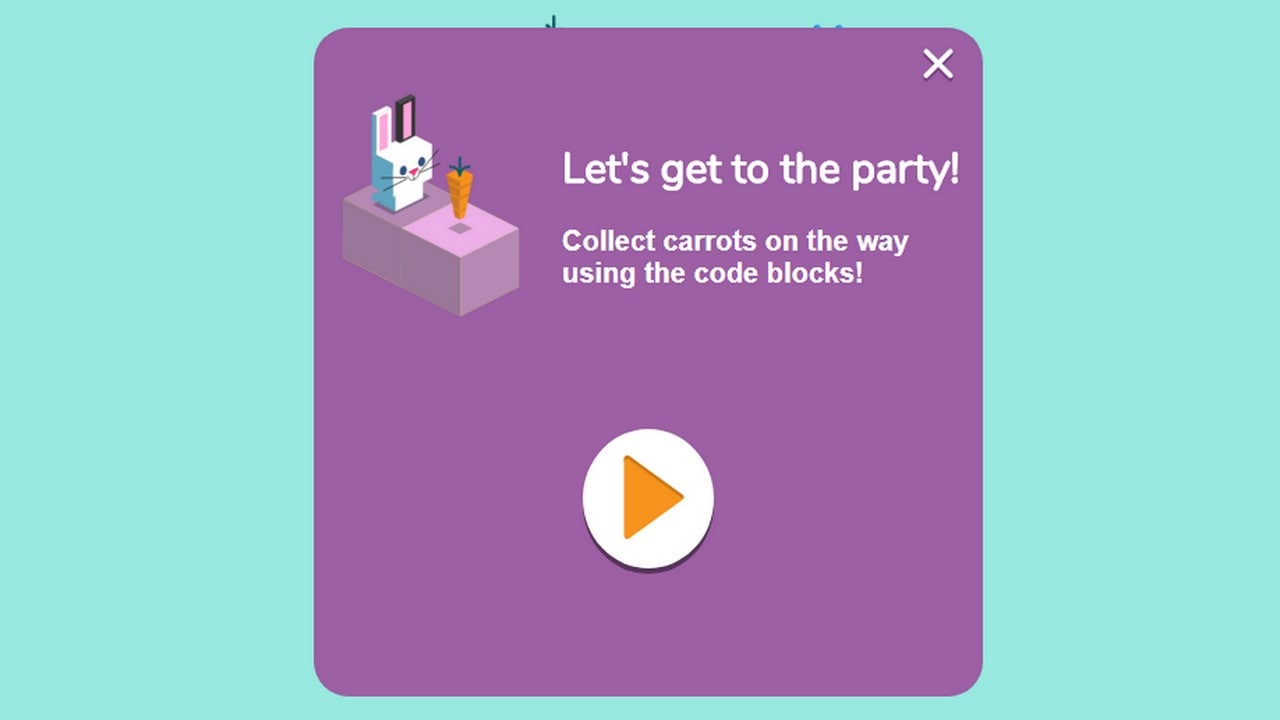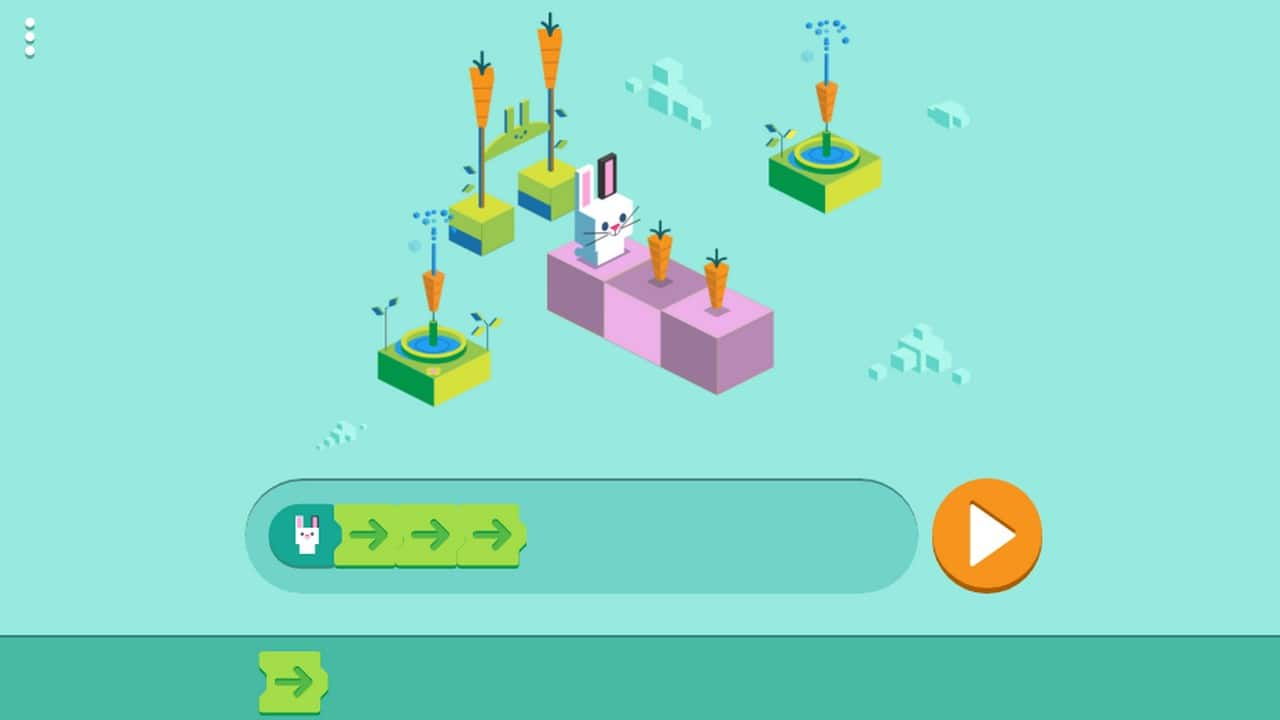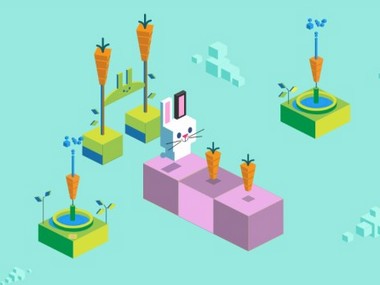For those of us who were born in the 1980’s, Computer Science as a subject may have sounded exciting when we were first introduced to the machines. But that excitement somehow drowned out because even in the early 90’s computer monitors at least here in India were still monochrome, expensive and added little value to our daily lives, not enough for us to even call them ‘practical’ in any way imagined. [caption id=“attachment_4241399” align=“alignleft” width=“380”] Google Doodle. Coding for Carrots[/caption] But as with everything else and the dawn of the internet, things have changed quite a bit. Computers have now become smaller and personal and are even palm-sized in the form of smartphones with their own operating systems. So where do we go from here? Well, today’s Google Doodle is a good reminder of how the past is not exactly the past and how we need to change the way we learn to prepare for the future. Code is all around us and it’s high time we started educating kids about the same. With that today’s Google Doodle is all about helping
kids learn to code, by breaking it down in the simplest way possible, using carrots and a furry (not to mention) hungry little rabbit. Google’s first coding doodle ever, is fairly simple for an adult to understand, but also makes sense to kids to help them build the foundations of what they will learn in the near future. [caption id=“attachment_4241425” align=“alignnone” width=“1280”]
Logo’s turtle would be a little too boring for kids these days. Image credit: theantiroom.files.wordpress.com[/caption] Everyone knows that rabbits love carrots. So it easy to guess that your objective is to create an action using a code, one that can be easily completed by filling in the missing blocks to complete the action. The doodle is a part of
Computer Science Education Week where three teams have come together to create a Doodle that’s not only fun but helps kids learn to code as well. [caption id=“attachment_4241405” align=“alignnone” width=“1280”]
Google Doodle. Coding for Carrots[/caption] Google’s Doodle team tied up with Google Blocky team and even some researchers from MIT Scratch to come up with this fun doodle. Champika Fernando one of the MIT projects collaborators explains why they did it: “My first experience with coding was in a free after-school program back in the eighties when I was nine years old. We programmed a little green turtle to move around and draw lines on a black screen." That programming language was called Logo. In the 1960’s, long before personal computers, Seymour Papert and researchers at MIT developed Logo — the first coding language designed for kids. With Logo, children could program the movements of a turtle, giving them the opportunity to explore ideas in math and science. Papert and his colleagues envisioned that computers could eventually be used by all children as a powerful tool for learning. They saw coding as a way for kids to develop confidence and fluency with a piece of powerful, modern, and one-day ubiquitous technology. [caption id=“attachment_4241401” align=“alignnone” width=“1280”]
 Google Doodle. Coding for Carrots[/caption] With today’s Doodle — the first coding Doodle ever — we celebrate fifty years of coding languages for kids by “Coding for Carrots.” In the interactive Doodle, you program and help a furry friend across 6 levels in a quest to gather its favourite food by snapping together coding blocks based on the Scratch programming language for kids.” As Fernando explains, Scratch (the programming language) too was developed at MIT and comes from Seymour Papert’s ideas about kids and computers. It certainly does not appear as boring (it may have been exciting for those born in the 80’s but not today) as Logo (which was perceived about 50 years ago) so it will be better at teaching kids how to code. [caption id=“attachment_4241403” align=“alignnone” width=“1280”]
Google Doodle. Coding for Carrots[/caption] With today’s Doodle — the first coding Doodle ever — we celebrate fifty years of coding languages for kids by “Coding for Carrots.” In the interactive Doodle, you program and help a furry friend across 6 levels in a quest to gather its favourite food by snapping together coding blocks based on the Scratch programming language for kids.” As Fernando explains, Scratch (the programming language) too was developed at MIT and comes from Seymour Papert’s ideas about kids and computers. It certainly does not appear as boring (it may have been exciting for those born in the 80’s but not today) as Logo (which was perceived about 50 years ago) so it will be better at teaching kids how to code. [caption id=“attachment_4241403” align=“alignnone” width=“1280”] Google Doodle. Coding for Carrots[/caption] The director of communications at Scratch Team also said that computers are used in every aspect of our lives, “This week, millions of people around the world can and will have their first experience with coding. It makes me happy to think of all of the nine-year-olds who will get their first coding experience playing with today’s Doodle. My hope is that people will find this first experience appealing and engaging, and they’ll be encouraged to go further. In some ways, it’s very different from my first coding experience many years ago, but I hope it will be just as inspiring and influential for them.” For kids today, the new Google Doodle and Scratch sure seems like a win-win.
Google Doodle. Coding for Carrots[/caption] The director of communications at Scratch Team also said that computers are used in every aspect of our lives, “This week, millions of people around the world can and will have their first experience with coding. It makes me happy to think of all of the nine-year-olds who will get their first coding experience playing with today’s Doodle. My hope is that people will find this first experience appealing and engaging, and they’ll be encouraged to go further. In some ways, it’s very different from my first coding experience many years ago, but I hope it will be just as inspiring and influential for them.” For kids today, the new Google Doodle and Scratch sure seems like a win-win.
Seems like just yesterday when a computer lecture consisted of a boring ‘Logo’ turtle moving on your display! Today teaching coding to kids is as simple as checking out the latest Google Doodle.
Advertisement
End of Article


)
)
)
)
)
)
)
)
)



